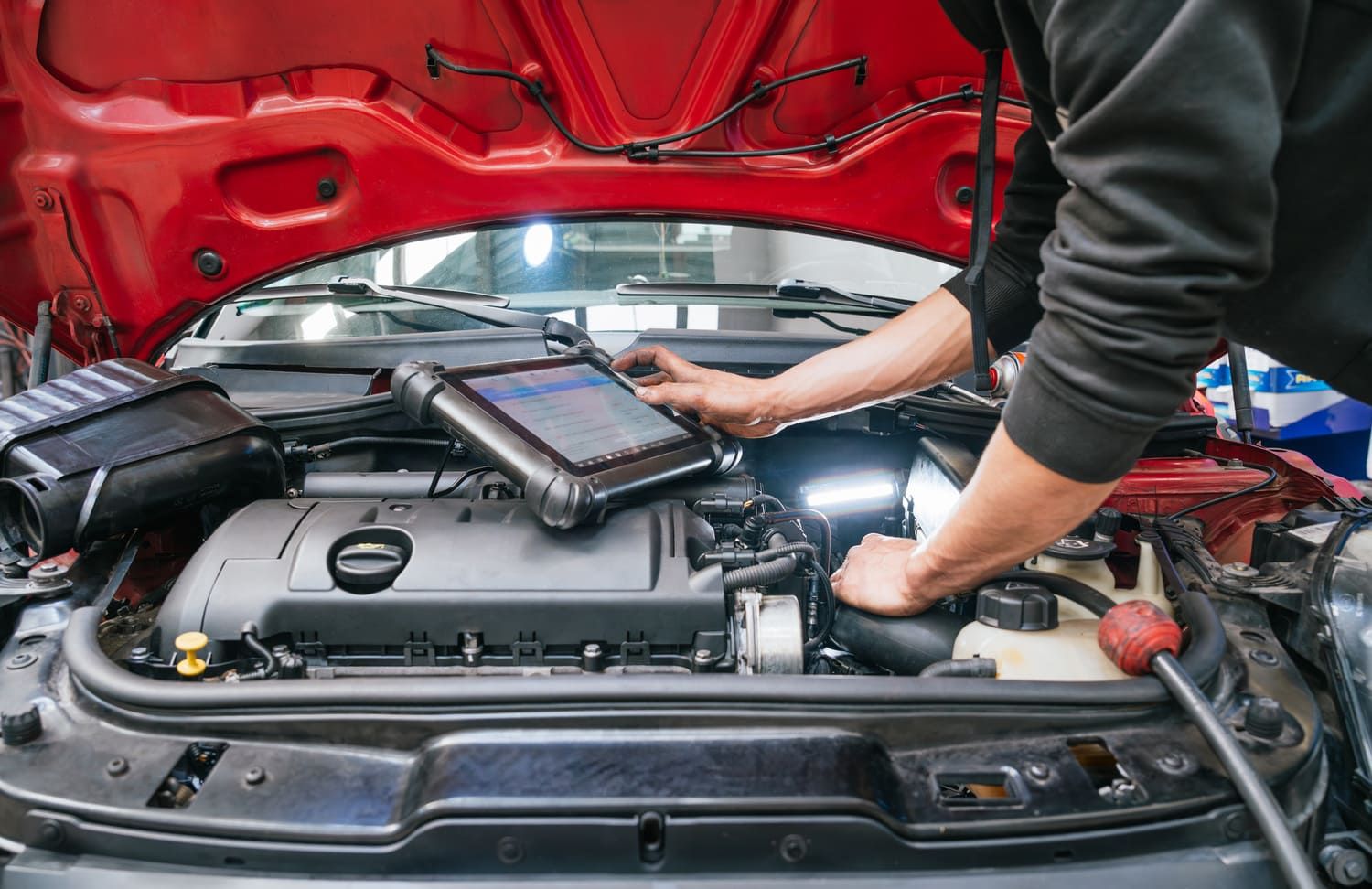>
Blog>
Ford Fiesta Reliability GuideFord Fiesta Reliability Guide
Ford stopped making the Fiesta in 2023, which surprised many as it was one of the most popular cars on sale the year prior. Made from 1976 to 2023, with simplicity, practicality and driving in mind, they appealed to everyone from retirees to new drivers, and all in between.
Through making so many cars, they must have perfected the reliability down to a tee? Kind of, although they were well regarded as being reliable, the later Fiestas did gain notoriety for an issue relating to the cambelt design. Read on to get the full picture on the Fiesta’s reliability.
Jump to:
Is the Ford Fiesta Reliable?
In the 2023 What Car? Reliability survey, the Fiesta placed 12th out of 19 cars, Ford as a whole did a little better, though not by much, at 14th out of 31. This puts the Fiesta around average compared to other cars in its class.

Ford Fiesta Recalls
Recalls are manufacturer issued repair orders that can affect any number of cars, they are usually the result of a manufacturing or design issue that is likely to cause a safety issue.
Recalls are paid for by the manufacturer, and repair work is typically carried out at the dealership. To check if your car is affected by a recall, use the government checker.
Failure of Brake System Vacuum Assistance
All modern cars have vacuum assisted brakes, this system reduces the amount of force needed on the brake pedal from the driver, to get maximum braking force from the brakes. It makes hard braking a lot easier, and on average, reduces stopping distances.
A recall was issued for quite a large number of Fiestas, whereby the vacuum pump that powers this system may fail. Whilst this will not result in a loss of braking, it will make it harder to use the brakes.
According to Ford, this issue may affect around 56,800 cars, so be sure to check your car, or any car you’re interested in buying.
Glow Plug Module Fire
In 2016, a recall was issued for a potential fire risk on around 41,000 cars. It related to the glow plug control module, something essential to the running of a diesel engined vehicle.
The modules received a permanent electrical supply from the cars battery, but the casing of the unit was not properly waterproofed, causing the potential for an electrical short, eventually leading to a fire.
Because this issue was from a permanent live wire, it could happen even when the vehicles were parked.
Ford Fiesta Common Issues
Automatic Gearbox Issues
A relatively small number of Fiestas came with an automatic gearbox, it was termed the Powershift Gearbox, a name Ford uses on many of its automatic vehicles.
Issues have been reported from a large number of owners, of clunky changes, poor efficiency and even complete loss of drive. A gearbox specialist has a blog post dedicated to helping owners of this gearbox and suggests some possible causes.
Sensors in the box have a tendency to become clogged and no longer effective, which confuses the control module, causing it to make unpredictable changes. In some cases the control module itself can be faulty, if this is the case it's prudent to expect a large repair bill.
“Sync 3” Infotainment System Glitches
Ford’s Sync system is another thing that is shared across many car models. It is their own developed user interface providing the driver everything from climate controls to navigation to car settings.
Users reported issues connecting their phone to the Apple Car Play, glitches with the touchscreen, and general system performance including freezes and lagging menu options. Something that is incredibly frustrating if you need to adjust something whilst on the move such as the climate controls.

EcoBoost Wet Belt Issues
Mention an Ecoboost Ford to many people and they’ll bring up the “wet belt” issue. This refers to the cambelt, that whilst normally just runs in air, in certain EcoBoost models is lubricated by the engine oil.
The purpose of this is to reduce friction and increase overall engine efficiency, but unfortunately on a lot of models, the belt material degrades and deposits particles into the engine oil.
This, if left unchecked, can cause oil pressure problems, as the debris clogs up the oil pump pickup. In serious cases, this can cause irreparable damage to the engine.
However, many EcoBoost engines don’t even use a wet belt, and it’s often possible to avoid major issues if your car does have one. To reduce the risks posed by a wet belt:
- Only consider cars with a full service history
- Service your oil and filters regularly, some recommend ignoring Ford’s intervals and changing the oil more regularly
- Have the cam belt changed on time, and the oil strainer checked for debris
Author - Joseph Law
Joseph has been writing about cars for over seven years and writing for Bumper for over two, blending his passion for automobiles with a talent for storytelling.
Joseph has written about engineering and cars for Autozilla, Komaspec, and several engineering manufacturers. When he's not writing or tinkering with one of his cars, Joseph dreams of owning an Alfa Romeo 33 Stradale.
Related Posts